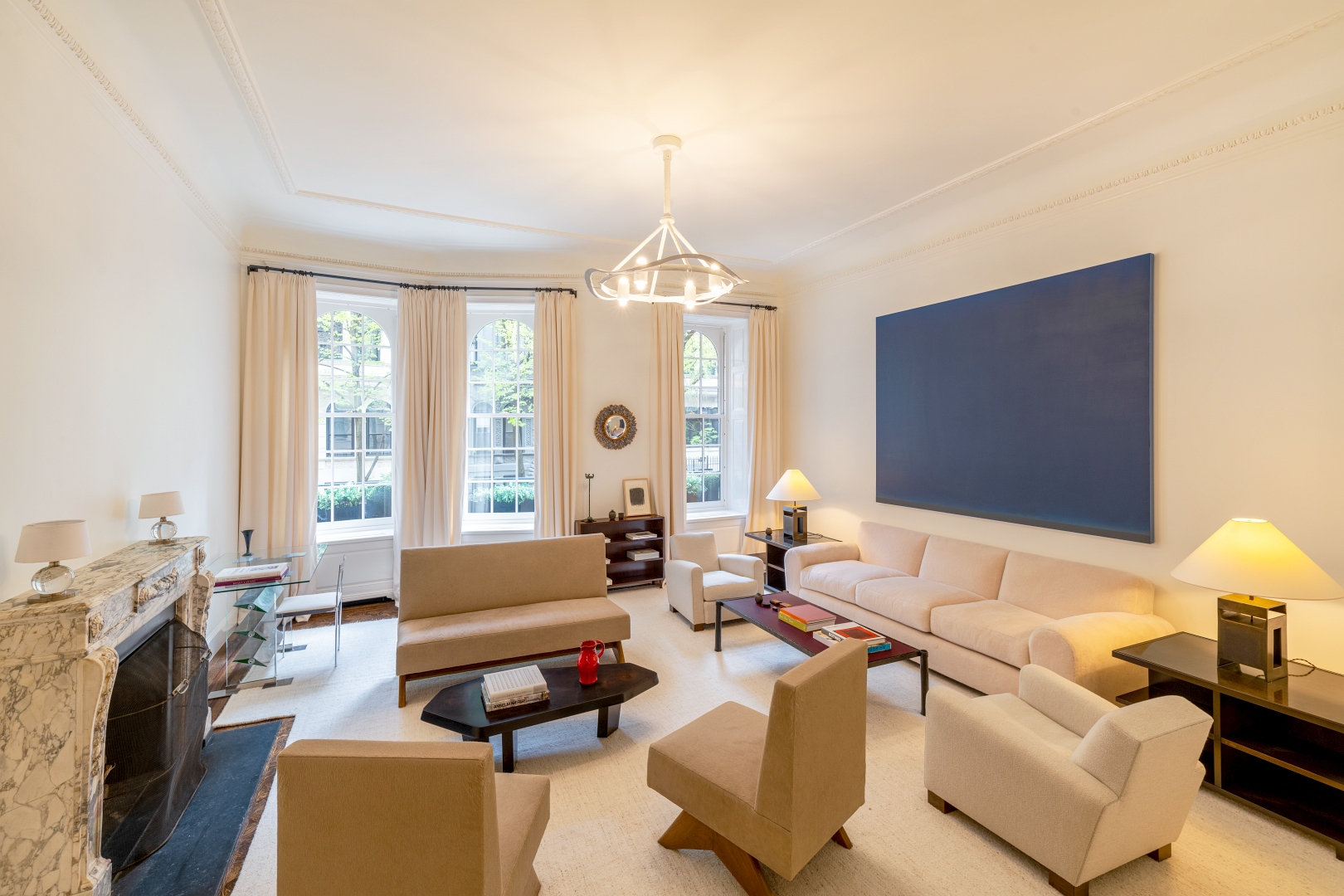As a seasoned Project Manager and Owner’s Representative specializing in luxury residential projects in Manhattan, New York, I’ve encountered numerous clients who, upon moving into their newly renovated or constructed homes, suddenly realize they have underestimated their storage needs.
This scenario underscores a critical aspect of high-end residential design that is overlooked too often: the importance of adequate and well-planned storage spaces. Along with Plumbing and Trash Disposal which I’ve mentioned previously, I’ve found Storage to be an overlooked discussion point to “sexier” design topics.
A Storage Conundrum In Manhattan
On an island like Manhattan in New York, where space is at a premium and real estate costs are among the highest in the world, every square foot matters. High-end residences in this bustling metropolis boast exquisite finishes, state-of-the-art appliances, and sometimes breathtaking views. However, without proper storage planning, even the most luxurious apartment can quickly feel cluttered and chaotic.
The challenge lies in balancing the desire for open, spacious living areas that include beautiful furnishings, with the practical and real need for storage. This is where thoughtful design and meticulous planning come into play.
Why Storage Matters in Luxury Homes
There are good reasons why storage is critical for Luxury Residential projects.

High-end homes are designed to impress, with carefully curated interiors that reflect the designer’s taste and the owner’s lifestyle. Inadequate storage can lead to visible clutter, detracting from the overall aesthetic and diminishing the impact of expensive furnishings and art pieces.
Well-designed storage solutions preserve aesthetic appeal, while also increasing functionality and protection. By allowing homeowners to organize their belongings efficiently, daily life is more comfortable and stress-free. Many luxury homeowners also possess collections of valuable items, from designer clothing and accessories to rare books or wine collections. Proper storage ensures these items are preserved in optimal conditions.
In the competitive Manhattan real estate market, homes with smart storage solutions often command higher resale values. Potential buyers recognize the value of a well-organized living space.
Finally, adequate storage allows for home expansion of lifestyle needs. From home gyms to art studios, adequate storage is essential to support such activities without cluttering living spaces.
Proactively Addressing Storage Needs
To avoid the all-too-common scenario of clients realizing they lack sufficient storage after moving in, it’s crucial to address storage needs proactively during the design phase.
Here are key considerations:
- Comprehensive Needs Assessment: Begin by conducting a thorough inventory of the client’s belongings in their home, and creating estimated documentation about what will be moving to the new home. This includes not just everyday items but also seasonal decorations, sports equipment, and any collections they may have. Furniture and valuables should be reviewed for if they are being moved or discarded.
- Anticipate Future Needs: Consider the client’s potential future acquisitions. A wine enthusiast may need an expandable cellar, while a fashion-forward client might require additional closet space for growing collections.
- Maximize Vertical Space: In Manhattan, where square footage is limited, think vertically. Floor-to-ceiling cabinets, loft storage in high-ceilinged rooms, and multi-level closet systems can dramatically increase storage capacity.
- Integrate Smart Storage Solutions: Incorporate modern storage technologies such as motorized cabinets, pull-out pantry systems, and smart closet organizers. These not only maximize space but also add a touch of luxury and convenience. Use slimline systems to increase the capacity of drawer and bin space.
- Utilize Unconventional Spaces: Get creative with under-stair storage, built-in window seats with hidden compartments, or raised platforms in bedrooms with integrated drawers.
- Design Multi-Functional Spaces: In smaller apartments, consider how rooms can serve dual purposes. A guest room might double as a home office with cleverly concealed storage for both functions.
- Focus on Accessibility: Ensure that storage spaces are easily accessible. This might mean installing a library ladder for high shelves or designing pull-out systems for deep cabinets.
- Kitchen During Construction
- Kitchen During Construction
Returning to our client’s request for storage solutions in their basement and kitchen, this presents an excellent Day 2 opportunity to address their needs comprehensively.
For Basement Storage, we are pursuing a design of custom floor-to-ceiling cabinets along walls, to maximize vertical storage pace. We will incorporate a mix of open shelving and closed cabinets to accommodate various item types.
For their Kitchen Storage, we are revising the pull-out pantry system for efficient food storage, and adding cabinets for their children’s school items, and a printer.
The Value of Early Planning
By addressing storage needs early in the design phase, we can seamlessly integrate these solutions into the overall aesthetic of the home. This approach not only solves practical problems but also enhances the luxury feel of the space. Custom-built storage that complements the home’s design can become a feature in itself, adding both value and functionality.
Final Thoughts on Storage
In the world of high-end residential projects in Manhattan, storage is not just a practical consideration – it’s an essential element of luxury living.

By paying close attention to storage needs during the design phase, we can create homes that are not only beautiful but also supremely functional and comfortable. As project managers and owner’s representatives, it’s our responsibility to guide clients through this process, ensuring that their new home meets all their needs, both aesthetic and practical. In doing so, we transform houses into true homes – spaces where picture-perfect luxury and livability coexist in harmony.







 Table Of Contents
Table Of Contents

Leave a Reply